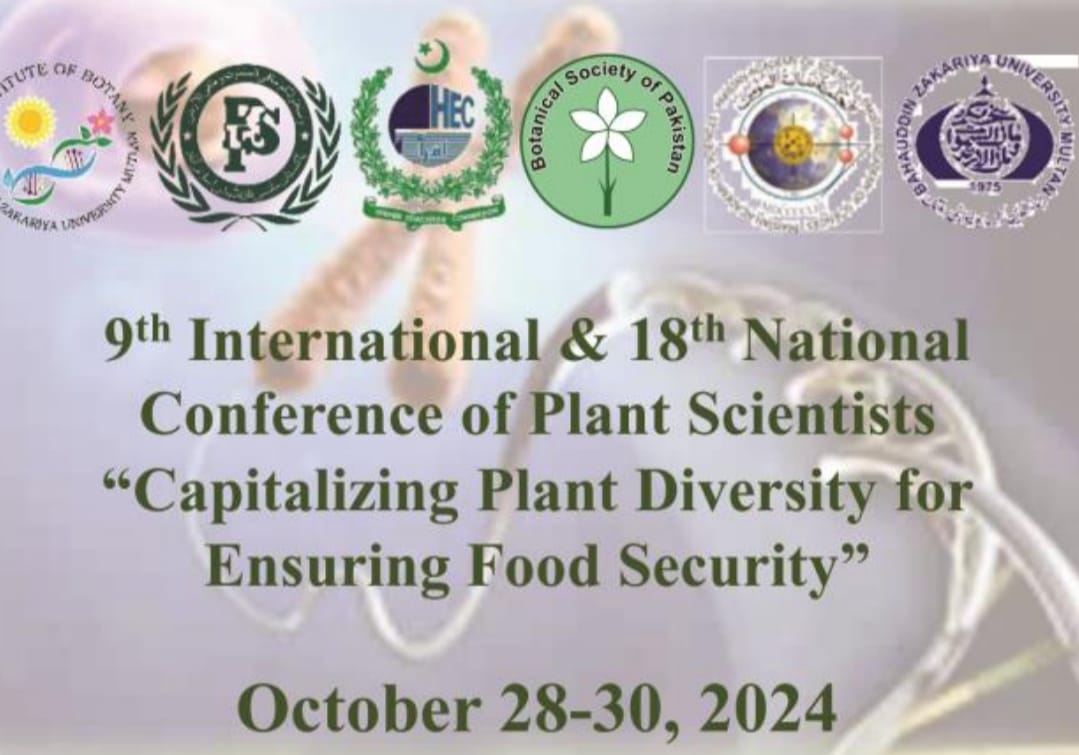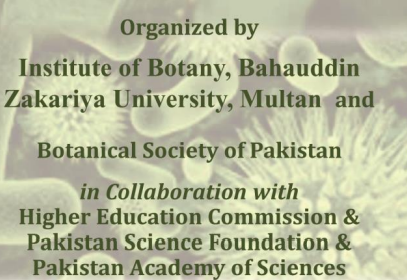
PJB-2023-507
16S-rRNA based molecular characterization of plant pathogenic bacterial species associated with citrus in Khanpur, Pakistan
Iram Zaheer, Shazia Iram and Irum Asif
Abstract
The percentage of losses attributable to citrus disease brought on by bacterial infections has increased worldwide. However, the mature citrus trees in Pakistan exhibit diseases before and after harvesting. However, the exact disease agents have not yet been discovered. The morphological and molecular characterization of the bacterial pathogens in the current study was complex, as was the evaluation of citrus disease's prevalence, incidence, and severity. The bacterial pathogens were isolated from the infected samples obtained by tissue culture and streaking procedures in the first phase of the study during December. They were then identified based on their colony characteristics. Second, the isolated strains were characterized using the primers 27F (5-CTTCAACTCAAACGCCGGA-3) and 1492R (3-CATCGGCTGTTCGGGAG-5), which were used for the identification of the 16S rDNA region. Thirdly, fresh leaves of two citrus varieties (Succri and Moro blood) were used to investigate the pathogenicity of isolated bacterial strains. The pathotypes of Xanthomonas sp. caused the most severe symptoms. This is the first ever study on bacterial pathogens of citrus in Khanpur. This study shows the molecular-based identification of bacterial pathogens causing citrus diseases, which helps to provide recommendations on genetic testing and develop disease management programs, as citrus fruits significantly contribute to household income and foreign exchange in Pakistan.
To Cite this article: Zaheer, I., S. Iram and I. Asif. 2026. 16S-rRNA based molecular characterization of plant pathogenic bacterial species associated with citrus in Khanpur, Pakistan. Pak. J. Bot., 58(1): DOI: http://dx.doi.org/10.30848/PJB2026-1(1)
Download PDF


